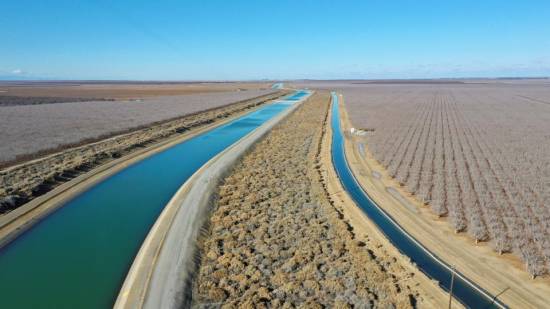California unveils new water strategy amid savage megadrought Featured
The US state of California has unveiled a new water strategy that plans for a future with 10 percent less water and shifts the emphasis from conservation to capturing more water that otherwise flows out to sea.
"The hots are getting a lot hotter, the dries are getting a lot drier and ... the wets are getting wetter," Governor Gavin Newsom said on Thursday at a desalination plant under construction in Antioch, 72 kilometres inland from San Francisco, that will turn brackish water into drinking water.
His plan calls for creating storage for four million acre-feet of water and recycling or reusing 800,000 acre-feet per year by 2030 in addition to more stormwater capture and desalination projects.
An acre-foot of water is generally considered enough to supply two urban households per year.
The climate crisis has contributed to more severe drought but has also set the stage for more intense flooding when rain does fall, as was the case last week in California's Death Valley, one of the hottest, driest parts of the United States.
Megadrought in western US
In the past three years, California has set over an $8 billion budget to renovate water infrastructure that would generate enough water for 8.4 million households in the state.
California and the western US have experienced a megadrought since the turn of the century that some scientists have measured as the driest 22-year period in 1,200 years, with many of the conditions attributed to the human-influenced climate crisis.
State officials estimate hotter and drier weather will reduce existing water supplies by 10 percent by 2040. In addition, the state's allotment of water from the Colorado River is expected to be cut next year, US Bureau of Reclamation officials have told Congress.
Many consumers have ramped up conservation with the increased public awareness of recent years, Newsom said, leaving less room for additional cutbacks.
Source: Reuters


